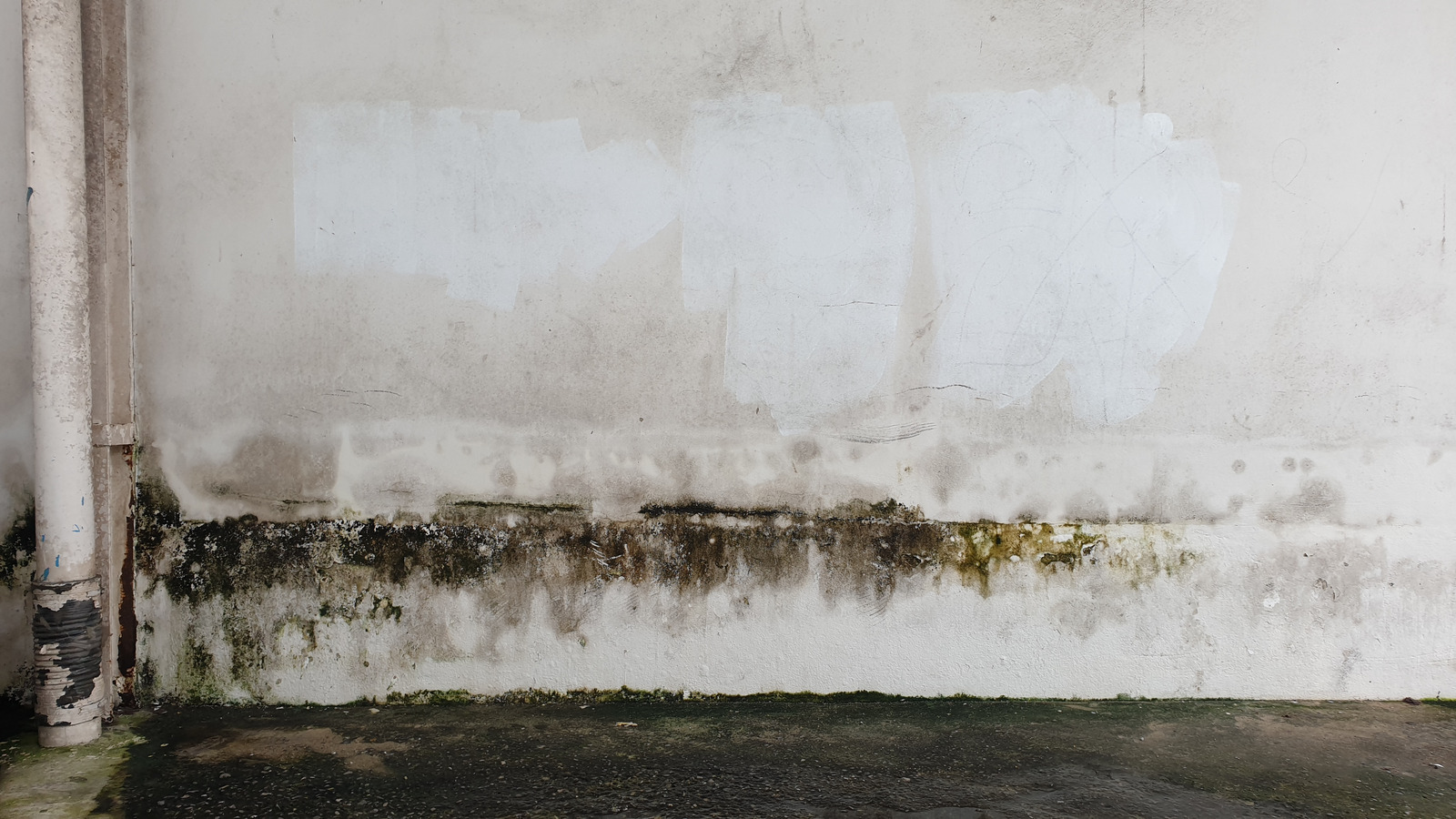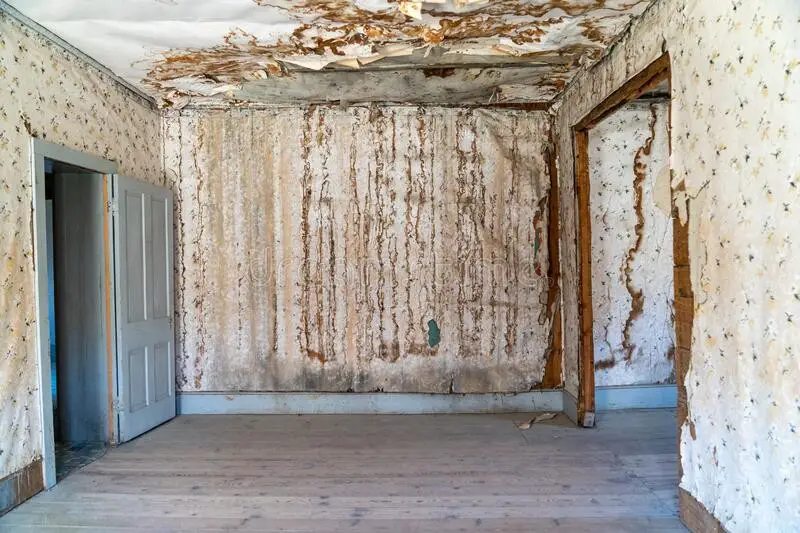Reclaim Your Clean Walls - Tackling Water Stains Head-On
Reclaim Your Clean Walls - Tackling Water Stains Head-On
Blog Article
We've come across this article involving Water Stains on Walls down the page on the internet and reckoned it made sense to talk about it with you here.

Water spots on wall surfaces are not pleasant to the eyes. Your house needs to be without discolorations on the walls, roofing system, or floorings. That is the perfect state of a house and also its structures. Yet, often it appears practically inescapable to experience water discolorations on walls in homes.
Home owners living in damp areas frequently manage the fear of water spots on wall surfaces. That doesn't have to be the situation for you. With all-round and also exact info on the root causes of water spots as well as punctual fixing procedures, you will certainly constantly be a step ahead of such occurrences. So, this article promises to be a helpful guide for you.
3 Usual Sources Of Water Discolorations on Wall Surfaces
In contrast to common belief, water spots on walls do not always stem from inadequate structure products. There are a number of reasons for water stains on wall surfaces. These consist of:
Moist
When hot moist air meets with dry cold air, it causes water beads to base on the walls of buildings. This occurs in bathroom and kitchens when there is steam from food preparation or showers. The water beads can discolor the surrounding walls in these parts of your residence as well as spread to various other locations.
Wet or condensation impacts the roof and also walls of structures. When the wall is damp, it produces an ideal atmosphere for the growth of fungi as well as microbes.
Poor Drain
This will protect against water from leaking right into the walls. This web links to extreme moisture that you discover on the wall surfaces of your building.
The leading cause of wet wall surfaces, in this case, can be a bad water drainage system. It can also be because of inadequate management of sewage pipes that run through the structure.
Pipe Leaks
Many houses have a network of water pipelines within the wall surfaces. It constantly increases the practicality of such pipelines, as there is little oxygen within the wall surfaces.
A downside to this is that water leakage impacts the wall surfaces of the structure and also causes widespread damage. An indication of defective pipes is the look of a water discolor on the wall surface.
Pro Pointer
A houseplant in your house additionally increases its moisture. So, if the house is already humid, you may want to introduce houseplants with minimal transpiration. An example of suitable houseplants is succulents.
Water Discolorations on Wall Surface: Repair Tips
Property owners would typically desire a quick fix when taking care of water discolorations. They would certainly quickly understand this is disadvantageous as the water discolorations reoccur. Right here are a couple of practical ideas that will direct you in the repair work of water spots on walls:
Verdict
Although nobody wants to have water discolorations on walls in their residence, it can occur to the best of us. This article offers you take advantage of, as you now recognize exactly how to handle this mishap if it does take place.
It is always best to hire expert services to assist fix the problems in your home.
Occasionally it seems virtually unavoidable to experience water stains on wall surfaces in residences.
In contrast to popular idea, water spots on walls do not constantly stem from poor structure materials. There are a number of causes of water spots on wall surfaces. The water droplets can tarnish the surrounding wall surfaces in these components of your house as well as spread to various other areas.
Below are a few helpful ideas that will assist you in the repair work of water spots on walls:
CHECKING FOR WATER DAMAGE
Water damage can be costly, and it may begin before you even notice the first signs of trouble. Water damage can cause mold and mildew in your walls and floors, which can create an abundance of health concerns for your family. It can also lead to costly repairs of various appliances and general home fixtures. To avoid the pricey consequences of water damage, here are Warner Service’s top 5 places you should check:
The walls – The easiest place to spot the beginnings of water damage is on the walls and ceilings of your home. If water damage is present, there will most likely be water stains, especially around the windows and doorframes, and/or cracks in the drywall. If a stain looks unusual (discolored to brown, black or gray, raised texture), has a swollen appearance or is soft to the touch, contact a professional immediately. The pipes – To avoid water damage, consistently check the pipes in your kitchen (especially the dishwasher and ice maker), bathrooms, laundry room (specifically washing machines) and basement for corrosion, leaks and water stains. Pay special attention to where the pipes connect in your home and the location of caulking around the bathroom fixtures, including toilets, sinks, showers and tubs. Missing or loose caulking and grout could be signs of leaking water. This seepage can also quickly cause mold and rust, so double check your water heater and tank for wet spots on the floor. The floor – Water damage is very easy to spot on the floor. Look for any warping or buckling of the material, especially in the basement. If your home has wood flooring, look for bright white or dark stains. If your home has carpeting, keep it dry and clean. A damp carpet that smells of mold could cause water damage and health problems. To avoid this, consider installing floor pans under your appliances to help prevent damages from small, slow and undetected leaks. The basement and attic – If your basement or attic smells odd check for mold and mildew around the area, especially the valley where the roof meets. While you are inspecting those areas, check for wall cracks, floor stains, rust and dampness in the insulation. If you live in a colder and/or rainier climate, perform routine checks for water damage from melting snow or ice and rain. The exterior – Check the roof for damaged flashing and missing, cracked or curled shingles. There should also be no standing water anywhere outside your home. This could be caused by puddles, leaky rain gutters or hoses, poor drainage, or short gutter spouts. Invest in a sump pump system or water flow monitoring system, and perform routine maintenance on these outdoor appliances to avoid indoor water damage.

We had been shown that editorial about Water Stains on Walls from a friend on a different web property. Feel free to take a moment to share this page if you appreciated it. I appreciate reading our article about How to Remove Water Stains from Walls and Ceilings.
Schedule Services
Report this page